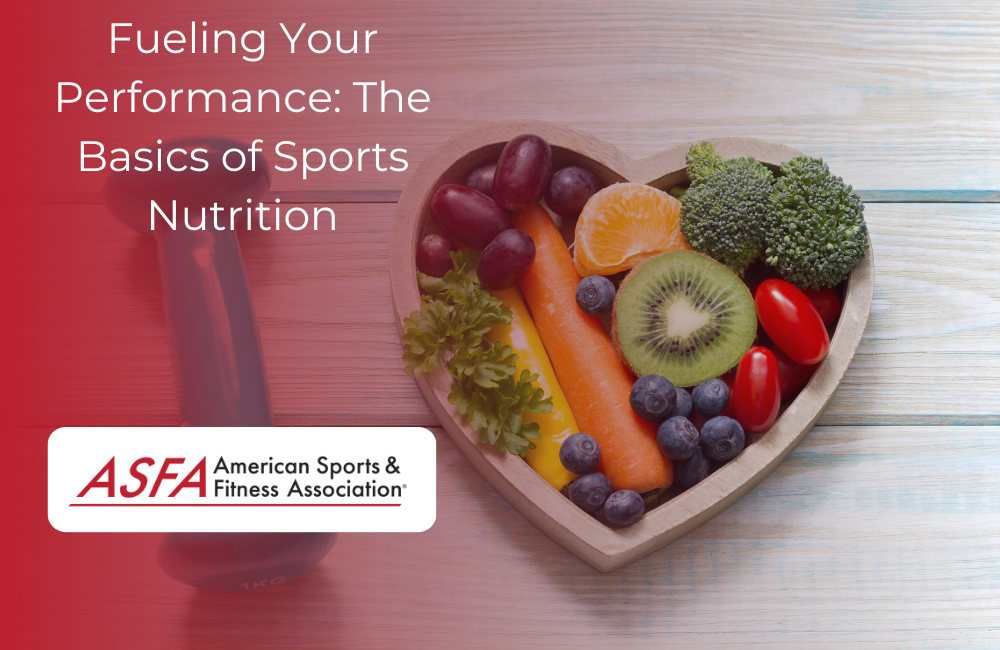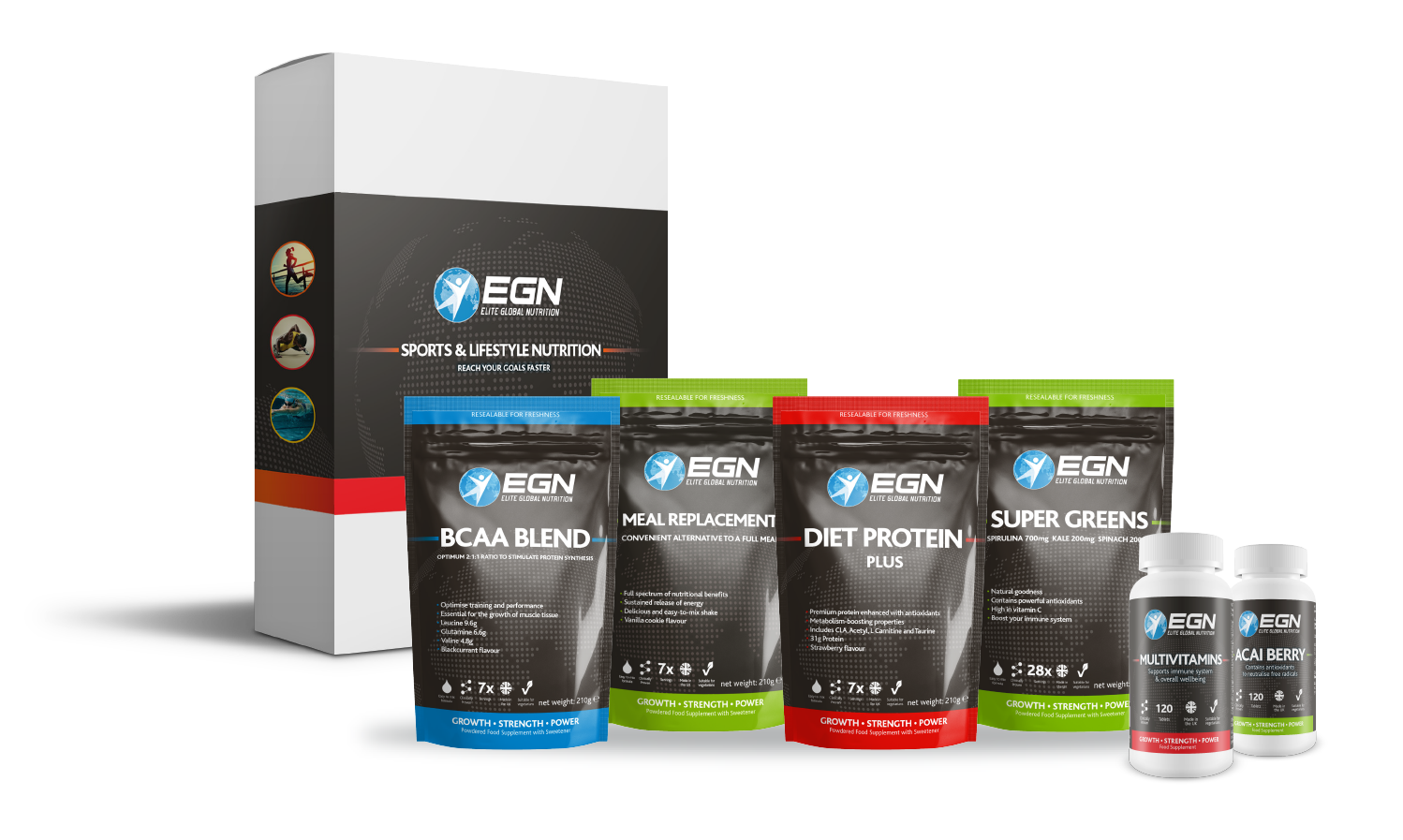Sports nutrition jobs
It’s no secret that athletes have unique nutritional needs. Good nutrition is critical for athletes who want to perform their best. If you’ve got a passion for sports and an interest in nutrition, you might consider earning a sports nutrition degree https://mansionminds.com.
The curriculum at CSP Global is designed to offer both theoretical knowledge and practical application in the nutritional sciences. Students enrolled in the PhD or EdD in Kinesiology with a concentration in Sports Nutrition will take courses that cover a broad range of topics, including:
Education is at the forefront of a career in nutrition. For those interested in starting their educational journey in sports nutrition, ASU Online offers three undergraduate degrees that are applicable:
There are many excellent sports nutritionist schools. Sports and nutrition degree options usually include a Bachelor of Science in Nutrition or Sports Nutrition. A sports nutritionist degree program is ideal given the specialized nature of the field. Some schools offer a sports nutrition concentration. If the school that you plan on attending doesn’t offer specific sports nutritionist education, the curriculum for a bachelor’s degree in nutrition will suffice.

Beast sports nutrition
We have all battled days when you just don’t have it. The key is to remind yourself of the reason why you showed up to the gym in the first place. We all have goals that we set out on a journey to accomplish and sometimes there are roadblocks that jump in our way preventing us from staying the course. Here are some keys to live by.
It may be true that these unusual kinds of creatine — malate, gluconate, and buffered — could be easier on the stomach than monohydrate. Some people experience cramps when they consume regular monohydrate and there are anecdotal reports that these symptoms are reduced with these alternative forms of creatine. But this product still contains monohydrate, so you may still experience some cramps if you take it.
Beast Sports Nutrition is based in Boca Raton, Florida, and while their products focus on bodybuilding goals like muscle gain and fat loss, they sponsor a couple of powerlifters as well. The sell some pretty unusual products, including a thermogenic supplement that’s intended to make your body burn calories by sweating, and Creature, their blend of five creatines.
A clinical dose of Calcium Fructoborate is intended to support healthy testosterone levels to produce more aggressive lifts while helping joints recover quicker.* Producing energy is not the only benefit of Beast Mode Black, with a powerful yet safe combination of Yohimbe, Teacrine, and Beta-Alanine working to build muscle and maximize strength gain. DMAE adds intense focus in the gym, while Agmatine and Beta-Alanine help deliver massive pumps, leaving you with increased strength and one of the best workouts of your life.*
Customers find this pre-workout supplement works true to its word and provides good energy. They describe it as the best pre-workout, with one customer noting it’s more intense than other products. The taste receives mixed reactions, with several customers finding it disgusting. The pump quality also gets mixed reviews, with some saying it gives a good pump while others disagree.
Elite sports nutrition
Athletes should consume a wide variety of micronutrients—to cover all nutritional bases—but they’re most often deficient in vitamin D, magnesium, zinc, and calcium. They also tend to come up short in phytonutrients.
This guide to eating healthy on a budget can be a useful resource, but if you’re a coach who’s working with an athlete, it can also help to understand the problems presented by “food deserts” and “food insecurity.”)
This doesn’t mean, however, that you can’t enjoy butter or bacon (in moderation). Your goal: You want 80 to 90 percent of your fat intake to come from the “Eat More” and “Eat Some” columns of the food list below. The other 10 to 20 percent can come from whichever column you prefer.
As a Registered Sports Dietitian and Personal Trainer, I combine fueling your active body with proper training for optimal health and performance in one comprehensive program. I take a holistic stance in your health from a food first, supplements second approach that takes you from poor performance to performance powerhouse!

Athletes should consume a wide variety of micronutrients—to cover all nutritional bases—but they’re most often deficient in vitamin D, magnesium, zinc, and calcium. They also tend to come up short in phytonutrients.
This guide to eating healthy on a budget can be a useful resource, but if you’re a coach who’s working with an athlete, it can also help to understand the problems presented by “food deserts” and “food insecurity.”)
International society of sports nutrition
Isomaltulose has been discussed as a low glycaemic carbohydrate but evidence concerning performance benefits and physiological responses has produced varying results. Therefore, we primarily aimed to investiga…
EAAs appear to be uniquely responsible for increasing MPS with doses ranging from 6 to 15 g all exerting stimulatory effects. In addition, doses of approximately one to three g of leucine per meal appear to be needed to stimulate protein translation machinery.
The timing of protein-rich meals consumed throughout a day has the potential to influence adaptations to exercise. Using similar methods, other studies over recent decades have established the following:
In younger subjects, the ingestion of 20–30 g of any high biological value protein before or after resistance exercise appears to be sufficient to maximally stimulate MPS . More recently, Macnaughton and colleagues reported that 40 g of whey protein ingestion significantly increased the MPS responses compared to a 20 g feeding after an acute bout of whole-body resistance exercise, and that the absolute protein dose may operate as a more important consideration than providing a protein dose that is normalized to lean mass. Free form EAAs, soy, milk, whey, caseinate, and other protein hydrolysates are all capable of activating MPS . However, maximal stimulation of MPS, which results in higher net muscle protein accretion, is the product of the total amount of EAA in circulation as well as the pattern and appearance rate of aminoacidemia that modulates the MPS response . Recent work has clarified that whey protein provides a distinct advantage over other protein sources including soy (considered another fast absorbing protein) and casein (a slower acting protein source) on acute stimulation of MPS . Importantly, an elegant study by West and investigators sought to match the delivery of EAAs in feeding patterns that replicated how whey and casein are digested. The authors reported that a 25 g dose of whey protein that promoted rapid aminoacidemia further enhanced MPS and anabolic signaling when compared to an identical total dose of whey protein when delivered as ten separate 2.5 g doses intended to replicate a slower digesting protein. The advantages of whey protein are important to consider, particularly as all three sources rank similarly in assessments of protein quality . In addition to soy, other plant sources (e.g., pea, rice, hemp, etc.) have garnered interest as potential protein sources to consider. Unfortunately, research that examines the ability of these protein sources to modulate exercise performance and training adaptations is limited at this time. One study conducted by Joy and investigators compared the effect of supplementing a high-dose (48 g/day) of whey or rice protein in experienced resistance-trained subjects during an 8-week resistance training program. The investigators concluded that gains in strength, muscle thickness and body composition were similar between the two protein groups, suggesting that rice protein may be a suitable alternative to whey protein at promoting resistance training adaptations. Furthermore, differences in absorption kinetics, and the subsequent impact on muscle protein metabolism appear to extend beyond the degree of hydrolysis and amino acid profiles . For instance, unlike soy more of the EAAs from whey proteins (hydrolysates and isolates) survive splanchnic uptake and travel to the periphery to activate a higher net gain in muscle . Whey proteins (hydrolysates and isolates) appear to be the most extensively researched for pre/post resistance exercise supplementation, possibly because of their higher EAA and leucine content , solubility, and optimal digestion kinetics . These characteristics yield a high concentration of amino acids in the blood (aminoacidemia) that facilitates greater activation of MPS and net muscle protein accretion, in direct comparison to other protein choices . The addition of creatine to whey protein supplementation appears to further augment these adaptations ; however, an optimal timing strategy for this combination remains unclear.
For building muscle mass and for maintaining muscle mass through a positive muscle protein balance, an overall daily protein intake in the range of 1.4–2.0 g protein/kg body weight/day (g/kg/d) is sufficient for most exercising individuals, a value that falls in line within the Acceptable Macronutrient Distribution Range published by the Institute of Medicine for protein.